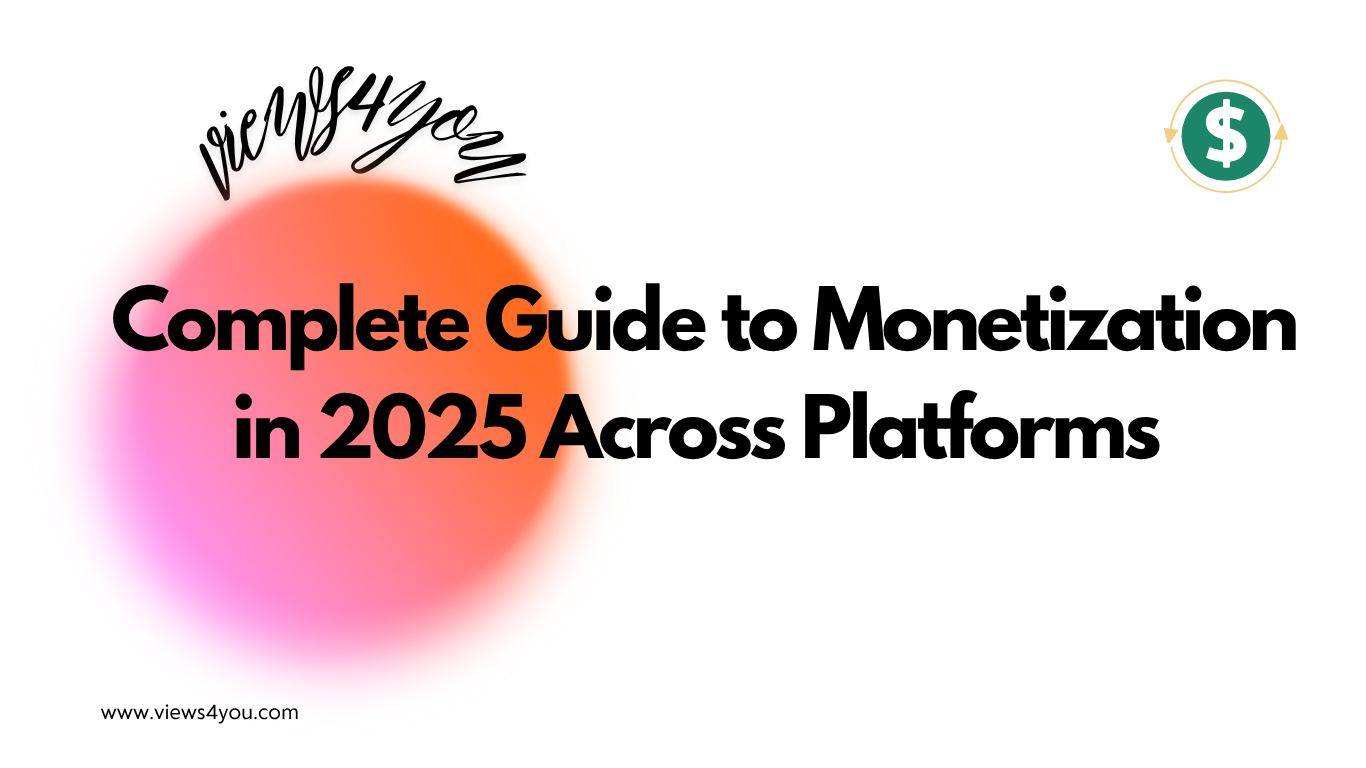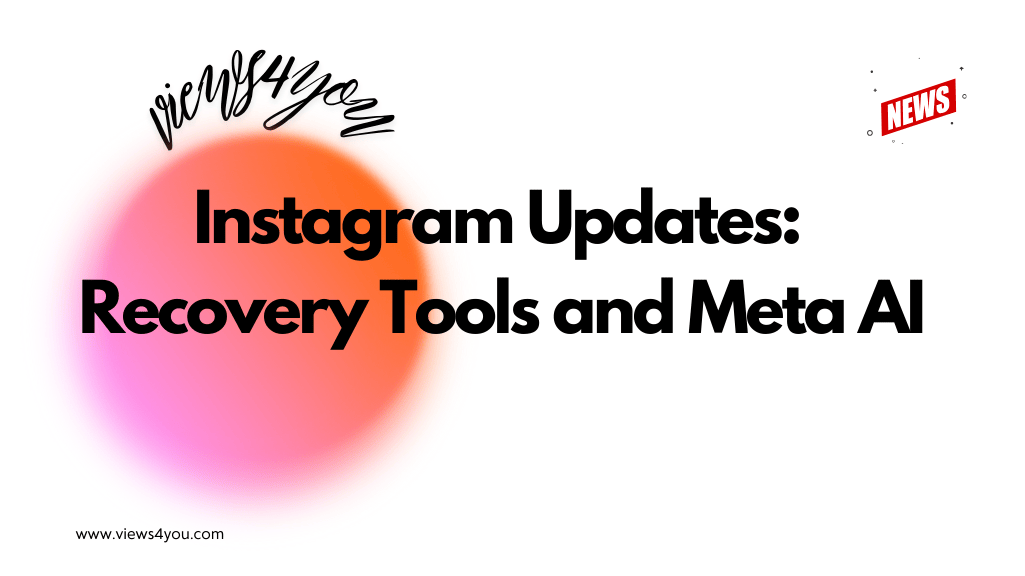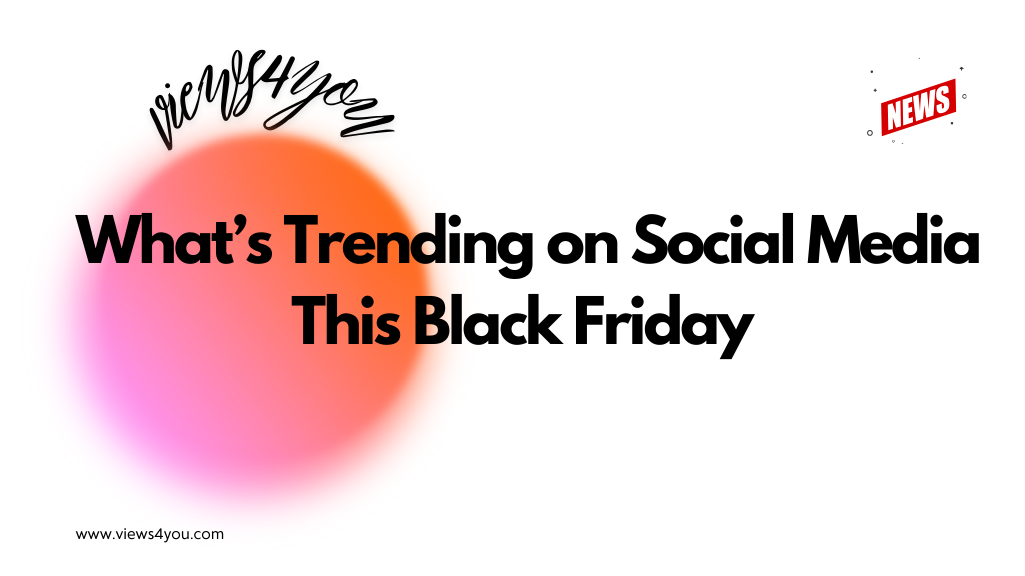A social audio platform is a digital space where users gather for live, voice-based conversations in real time. These apps, like Clubhouse and X (Twitter) Spaces, allow people to host discussions, interviews, and community meetups without video. The format offers a more intimate, low-pressure way to connect, share ideas, and build trust through spoken word.
I still remember my first time on Clubhouse. Someone pinged me into a room called “Creativity and Coffee,” and before I knew it, I was in a conversation with a songwriter in London and a startup founder in Lagos. It felt spontaneous, imperfect, and quite odd to be fair!
But a lot has changed since those early days. Social audio, once the tech world’s golden child, doesn’t dominate headlines the way it used to. And yet, here we are, still talking, still listening. If you’re wondering where all this is going and whether it’s worth your time, you’re not alone. I’ve had that same question, and I’d like to walk you through what I’ve seen.
The Rise That Wasn’t Just Hype
Let’s not rewrite history. Clubhouse exploded because it gave us something we craved in 2020, connection, without the pressure of video. It felt new, but also familiar. Twitter (now X) moved fast with Spaces, and before long, it seemed like every app wanted a piece of the audio pie. Spotify launched Greenroom, Reddit tested Talk, and even LinkedIn flirted with live audio.
But not everything that grows fast stays hot. As the world reopened and attention scattered again, many of those users drifted. Platforms like Spotify Live faded quietly. The buzz quieted. Still, that doesn’t mean audio failed. It just matured.
Who Stayed and Why It Matters?
Today, the users who are still showing up to host or listen aren’t just killing time. They’re doing it with intention. Whether it’s weekly talk rooms on Clubhouse or quick-fire debates on X (Twitter) Spaces, the format has shifted from spontaneous drop-ins to consistent, curated sessions.
Clubhouse leaned into this with “Houses”, private communities you can join around shared interests. Spaces still thrive, especially around fast-moving news and niche communities like tech, crypto, and activism. Discord Stages, meanwhile, cater to gaming groups and creator circles that value audio intimacy over the chaos of large chat threads.
What you’ll notice is that these platforms stopped trying to be everything to everyone. And that’s good news. Because now, instead of noise, we get clarity. And as a host or listener, clarity is everything.
The New Value of a Quiet Room
There was a time when hosts celebrated huge listener numbers like trophies. But today, it’s about depth over scale. I’ve seen creators build entire businesses off of 100 loyal audio listeners. Not a typo, 100. Because those people aren’t just passive followers; they’re showing up, engaging, and often supporting financially.
Monetization tools have caught up, too. Clubhouse lets you tip speakers directly. Twitter/X Spaces has rolled out ticketed events and subscriber-only audio rooms. And for many, it’s not about the big money, it’s about building a space where people feel heard and valued.
If you’ve ever thought, “I don’t have a huge audience,” let me tell you, you don’t need one. You need the right ones.
Features That Actually Help, Not Just Impress
Remember the early bells and whistles? The hand-raising, emojis, live reaction fireworks? Some of that is still around, but you’ll notice platforms have quietly focused on features that solve real problems.
Live transcription is a big one. Not everyone can listen in real time, and accessibility matters. The ability to record and clip sessions has become crucial too. If you’re putting effort into a session, it’s nice to be able to repurpose it, a podcast, a newsletter snippet, a quote post. Nothing should go to waste.
And perhaps most importantly, moderation. Strong, respectful conversations don’t happen by accident. Tools that help you guide tone and participation are part of why good rooms feel so… safe. So generous.
What Makes Good Audio Content? The Same Thing That Always Has!
You don’t need to reinvent your personality for audio to have good content. The people who do well aren’t necessarily the loudest or the most polished. They’re the ones who show up with clarity and warmth. I always recommend this simple formula, begin with a clear theme, leave space for others, and make sure every session gives something, an idea, a feeling, a moment.
Some of my favorite rooms weren’t perfectly structured. But they had heart. And that’s what brings people back.
If you’re thinking of trying audio but feel unsure, let me reassure you: most people in these rooms are looking for connection, not perfection. Start small. Host with a friend. Make the title specific. Let the rest unfold.
The Quiet Tech Revolution Underneath
Behind the scenes, audio tech has come a long way. AI now powers real-time summaries, replays, and even sentiment analysis. You can finish a session and instantly pull quotes, create a digest, or schedule snippets to post on socials.
Why does that matter? Because social audio no longer has to be a time sink. It can be a springboard. One meaningful 30-minute room could feed your content pipeline for a week, without ever feeling like “content creation.”
It’s not just about what happens in the room anymore. It’s what happens after.
Where Do I think This Is All Heading?
Honestly, I think the future of social audio will feel a lot smaller. And that’s not a bad thing. We’ll see more private rooms, not fewer. More repeat listeners, not random drive-bys. There’s power in predictability. If you can host a conversation every week that feels like a breath of fresh air for 15 people, you’re doing something remarkable.
You’ll also see more blending, audio with video, chat, polling, and maybe even spatial formats. But at its core, it will always come down to one thing: your voice. And how you use it.
Because while formats and features will keep changing, the feeling of being heard? That never gets old.
FAQs
Do I need a big audience to start a Clubhouse or Spaces room?
Not at all. Some of the most meaningful rooms I’ve joined had fewer than 20 people. Start small and focused. Intimacy builds trust, and trust builds loyalty.
What’s the best time to host a live audio session?
It depends on your audience’s habits. Evenings and weekends tend to work well for casual or global communities. But the best time is the one you can stick to consistently.
Is audio content still valuable in a visual-first world?
Absolutely. Audio creates presence without pressure. People can tune in while walking, driving, or winding down. It’s flexible, intimate, and human.
How do I keep people engaged during an audio session?
Start with a clear theme, pose questions early, and invite participation. Use names when responding. When people feel acknowledged, they stay.
Can I reuse my audio sessions elsewhere?
Yes, and you should. Recordings can become podcasts, blog recaps, social media clips, or even quotes for email newsletters. A single session can stretch far.









